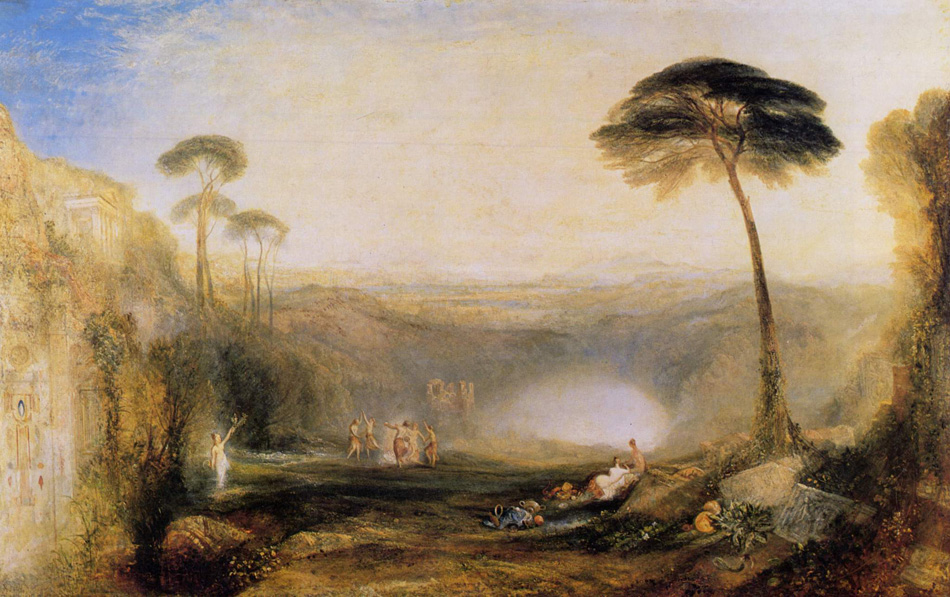Revealing the impact of 70 years of pesticide use on European soils
Pesticides have been used in European agriculture for more than 70 years, so monitoring their presence, levels and their effects in European soils quality and services is needed to establish protocols for the use and the approval of new plant protection products.
In an attempt to deal with this issue, a team led by the prof. Dr. Violette Geissen from Wageningen University (Netherlands) have analysed 340 soil samples originating from three European countries to compare the contentdistribution of pesticide cocktails in soils under organic farming practices and soils under conventional practices. This study was a combined effort of 3 EC funded projects addressing soil quality: RECARE (http://www.
The soil samples were obtained from two case study sites in Spain, 1 case study site in Portugal, and 1 case study site in the Netherlands; which covered four of the main European crops: horticultural products and oranges (in Spain), grapes (in Portugal), and potato production (in the Netherlands). Chemical analyses revealed that the total content of pesticides in conventional soils was between 70% and 90% higher than in organic soils, although the latter soils did also contain pesticide residues.
Although in 70% of conventional soils mixtures of up to 16 residues were detected per sample, only a maximum of five different residues were found in the organic soils. the residues most frequently found and in the greatest quantities were the herbicides Glyphosate and Pendimethalin. The samples were collected between 2015-2018, as no major changes occurred in terms of management, there are indicative of current situation, and likely of other Eu agricultural areas."
Once the presence of these pesticide cocktails in European agricultural soils is unfolded, it becomes necessary to have a greater understanding of the effects that these complex and cumulative mixtures have on soil health, an area in which there is currently a major lack of information.
The research team emphasis the need to define and introduce regulations and reference points on pesticide cocktails in soils in order to protect the soil's biodiversity, and the quality of crop production. Additionally, taking into account the persistence of residues in organic soils it is necessary to reconsider the time required for the transition from conventional agriculture to organic agriculture, making it dependent on the mix of residues in the soil at starting point and the time they take to degrade.
###
Diverfarming is a project financed by the Horizon 2020 Programme of the European Commission, within the challenge of "Food Security, Sustainable Agriculture and Forestry, Marine, Maritime and Inland Water Research and the Bioeconomy" under agreement 728003, and which counts on the participation of the Universities of Cartagena and Córdoba (Spain), Tuscia (Italy), Exeter and Portsmouth (United Kingdom), Wageningen (Netherlands), Trier (Germany), Pecs (Hungary) and ETH Zurich (Switzerland), the research centres Consiglio per la ricerca in agricoltura e l'analisi dell'economia agraria (Italy), the Consejo Superior de Investigaciones Científicas (Spain) and the Natural Resources Institute LUKE (Finland), the agrarian organisation ASAJA, and the companies Casalasco and Barilla (Italy), Arento, LogísticaDFM and Industrias David (Spain), Nieuw Bromo Van Tilburg and Ekoboerdeij de Lingehof (Netherlands), Weingut Dr. Frey (Germany), Nedel-Market KFT and Gere (Hungary) and Paavolan Kotijuustola and Polven Juustola (Finland).
Geissen, Violette & Silva, Vera & Huerta, E. & Beriot, Nicolas & Oostindie, Klaas & Bin, Zhaoqi & Pyne, Erin & Busink, Sjors & Zomer, Paul & Mol, H. & Ritsema, Coen. (2021). Cocktails of pesticide residues in conventional and organic farming systems in Europe - Legacy of the past and turning point for the future. Environmental Pollution. 278. 116827. 10.1016/j.envpol.2021.116827












